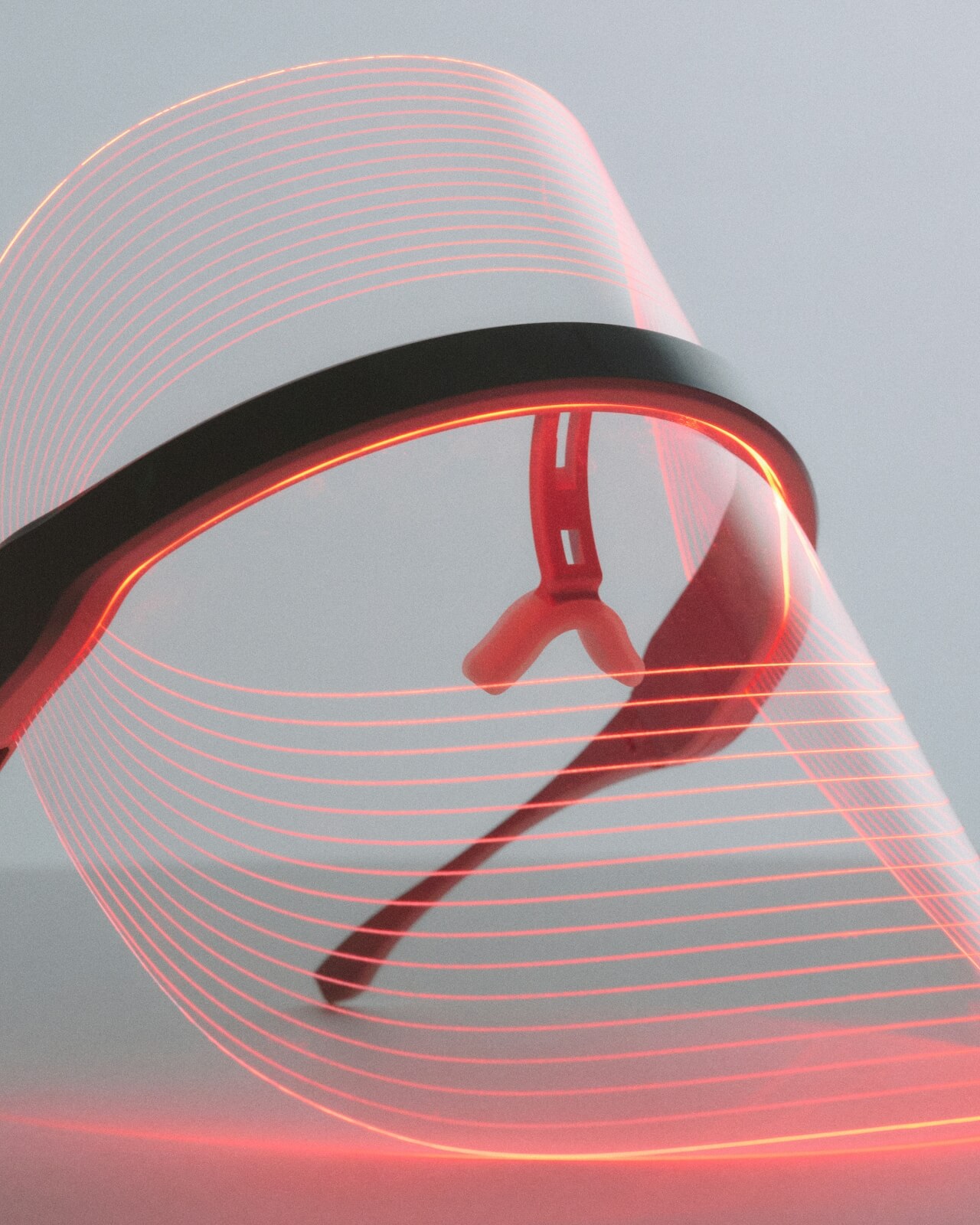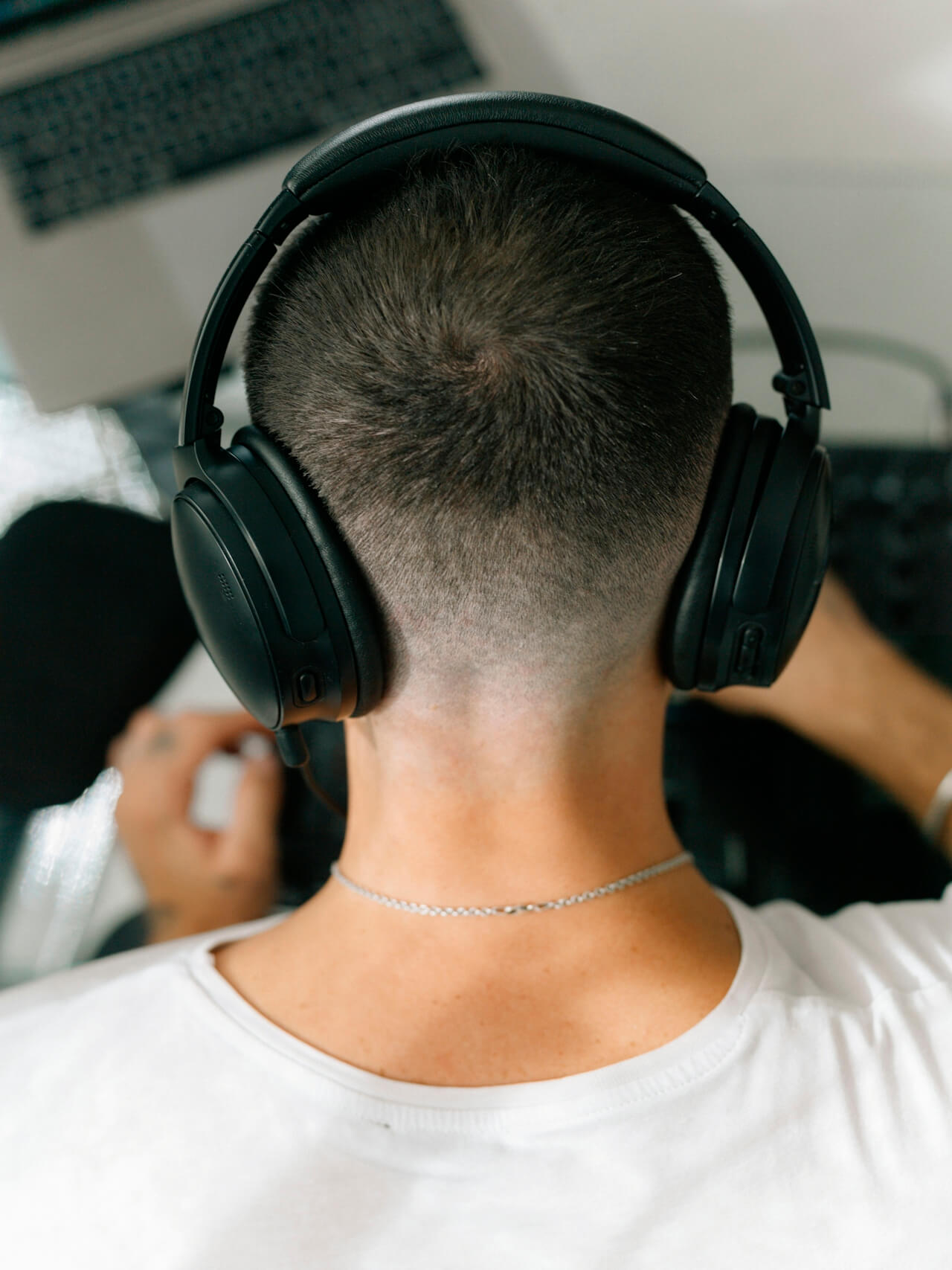Last week, I watched a junior designer spend three hours kerning a logo that an AI could've refined in thirty seconds. Not because the AI would do it better—but because those three hours could've been spent on the concept that makes the logo matter in the first place.
We're at this fascinating inflection point where AI tools design workflows are getting rewritten daily. The smart money isn't on replacing designers; it's on designers who've learned to orchestrate these tools like a conductor leading a digital symphony.
"The real magic happens when you stop fighting the machine and start dancing with it".
The New Creative Stack
Midjourney has become the sketchbook for a generation of designers who think in prompts. I've seen founders use it to pitch entire brand worlds before hiring their first designer. Version 6 particularly shines at texture and mood—perfect for those early creative territories that used to take weeks of mood boarding.
But here's what most people miss: Midjourney isn't about the final output. It's about velocity of exploration. When you can generate fifty directions in an afternoon, your creative process fundamentally changes. You stop being precious about first ideas.
Adobe Firefly integrates directly into the Creative Cloud ecosystem, which matters more than its raw capabilities. It's the difference between a tool and a workflow. Smart studios are using it for rapid prototyping—generating custom patterns, extending images, or creating variations of existing brand assets without breaking their established pipelines.
Beyond the Obvious Players
Runway ML is quietly revolutionizing motion design. Their inpainting tools let you remove objects from video like they never existed. I watched a startup completely redo their launch video after realizing they could remove all the placeholder products and add the real ones post-production.
Then there's Vectorizer.ai—unglamorous name, transformative utility. It converts raster images to vectors with precision that would make old-school designers weep. Perfect for those moments when a client sends you their logo as a 72dpi JPEG from 2003.
"The best AI tools don't announce themselves. They disappear into your process until you can't imagine working without them."
Designers exploring modern brand systems like those Metabrand creates understand that AI tools design thinking itself. They're not just production accelerators; they're creative catalysts that push you into territories you wouldn't have discovered manually.
The Sleeper Hits
Fontjoy uses deep learning to pair typefaces. Sounds simple until you realize it's solving one of design's most subjective challenges with mathematical elegance. I've seen senior designers secretly check their font pairings against it—not as validation, but as a creative provocation.
Khroma learns your color preferences and generates palettes that feel intentional, not algorithmic. It's particularly brilliant for brand extensions where you need variations that feel related but distinct.
And here's one nobody talks about: ChatGPT for creative briefs. Not to write them, but to interrogate them. Feed it your brief and ask it to find the contradictions. Ask it what's missing. Use it as the skeptical creative director in your pocket.
The Integration Game
The studios winning right now aren't using AI tools design workflows as a crutch—they're using them as accelerators. Pentagram famously maintains their craft-first approach while selectively integrating AI for rapid iteration and testing.
The key is selective integration. Use Dall-E 3 for quick concept visualization. Deploy Cleanup.pictures for those last-minute client changes. Let Looka generate logo variations when you need to show range quickly. But always maintain creative control.
What separates professional designers from amateurs isn't access to these tools—it's knowing when not to use them. AI excels at execution and variation. It struggles with intention and meaning. The moment you forget that difference, your work becomes wallpaper.
The Reality Check
Every AI tool has a signature. Midjourney's ethereal quality. Stable Diffusion's slight uncanniness. Designer's eye can spot them instantly. The trick isn't hiding the AI; it's using it intentionally, like choosing a specific brush in Photoshop.
The most powerful AI tools design capabilities come from combination, not isolation. Generate in Midjourney, refine in Photoshop with Firefly, animate in Runway, optimize with Vectorizer. It's not about finding the perfect tool; it's about building the perfect stack.
We're moving toward a future where taste becomes the ultimate differentiator. When everyone has access to the same generative tools, your curatorial eye—knowing what to keep, what to kill, what to develop—becomes your competitive advantage. The tools are just instruments. The music still comes from you.










